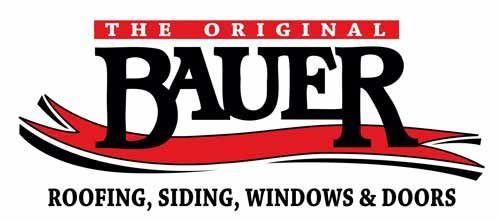Understanding the Signals: 6 Indicators Your Shingled Roof Needs Attention
Your shingled roof is a silent sentinel, a bulwark against the forces of nature. It's the barrier that keeps you warm, dry, and secure. But even the most reliable of guards need support and respite. Over time, the elements will lay siege, and like any wearied fortress, your roof will begin to show signs of struggle. Recognizing these signs early can mean the difference between a simple repair and a costly replacement.
In this comprehensive guide, we'll explore the subtle—and not-so-subtle—indicators that your shingled roof needs your attention. By learning to read these signs, you enable a proactive stance on roof maintenance, safeguarding your home's first line of defense. Let's raise our eyes to the skies and heed the calls of our vigilant demigod above.
1. Sunlight Peeking Through
Start indoors. On a sunny day, step into your attic and switch off the lights. Observe any sunlight filtering through the cracks in the roofing. These beams, picturesque in any other context, are beacons that your roof's protective surface has been disturbed.
Any sign of daylight where it shouldn't be requires immediate investigation. It's a signal that your shingles have become brittle or may even be missing, exposing your home's interior to the elements.
2. Water Stains on the Ceiling
These are the harbingers of a more immediate problem. Water stains on the ceiling are the telltale sign of a roof that is failing to prevent water ingress. If water has made its way through your roof, it's imperative to identify and address the issue swiftly. This is often indicative of compromised shingles, but can also signify issues with flashing, ice dams, or an aging underlayment.
3. Curled or Buckling Shingles
Venture outside and cast your eyes upwards. Are your shingles playing by the rules? Curled, buckling or clawing shingles are a sign of extreme weathering and a compromised roof. The sun's powerful UV rays, combined with fluctuations in temperature, cause this deterioration. When shingles lose their flat shape, they are no longer able to perform their critical job effectively.
4. Granules in the Gutter
Take a look inside your gutters—small granules shouldn't be there. Shingle granules resemble large grains of sand and serve to protect your shingles from UV rays. As shingles age, they begin to shed these granules, leaving them vulnerable and which you might find accumulating in your gutters. This is a clear indication of shingle decay and can drastically reduce your roof's lifespan.
5. Damaged Flashing
Flashing is the unsung hero of the roof—when installed properly, it provides a watertight seal around chimneys, skylights, and other protrusions. However, if the flashing becomes damaged or begins to peel away, these complex corners and ridges of your roof become weak points that could lead to leaks. Regular inspections to ensure the integrity of your flashing can save you from major headaches down the line.
6. Sagging Roof Deck
A sagging roof is a red alert—a harbinger of significant structural issues. Check the roof from the outside to see if it looks straight with no dips or sags. Inside your attic, the roof deck should be inspected for any sign of drooping or bowing. These symptoms can indicate that your roof is retaining moisture, the decking has weakened, or even that your roof is being weighed down by excessive snow.
Each of these signs alone is cause for concern, but a combination of several warrants immediate attention and a professional assessment. To ensure your home remains a fortress against nature's whims, regular inspections and timely repairs are crucial.
Remember, your roof is the ultimate multitasker—a shield and a statement, protecting and defining your home. If you believe that your roof needs repair, contact us today. Your shingled sanctuary will thank you, and continue to stand strong for years to come.
To learn more about shingle roof maintenance, reach out to the team at Bauer Roofing Siding Window & Doors.
BROWSE OUR WEBSITE
CONTACT INFORMATION
Phone: (937) 298-3100
Email: dayton@bauerroofing.com
Address: 3000 Springboro West Rd.
Moraine, Ohio 45439

